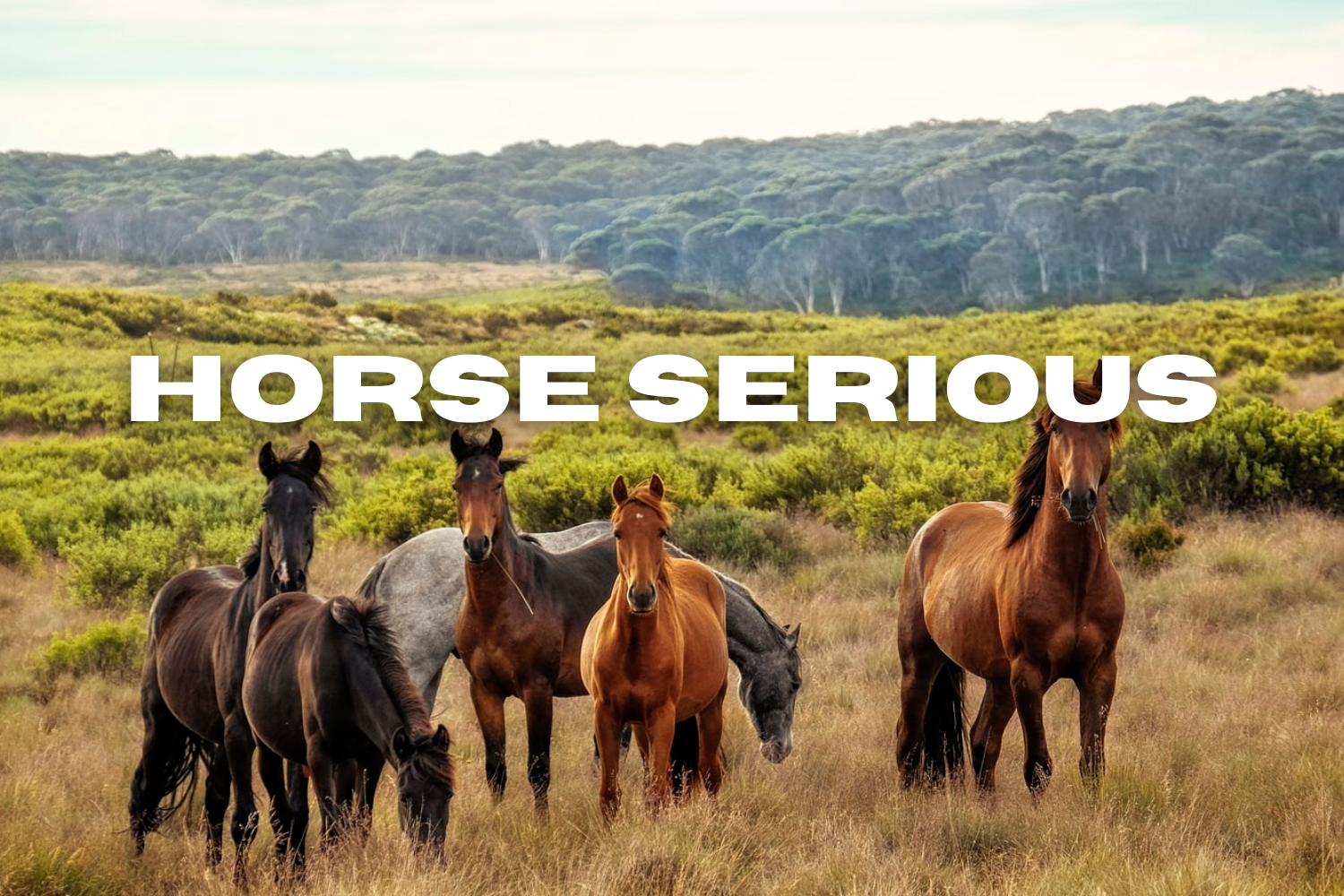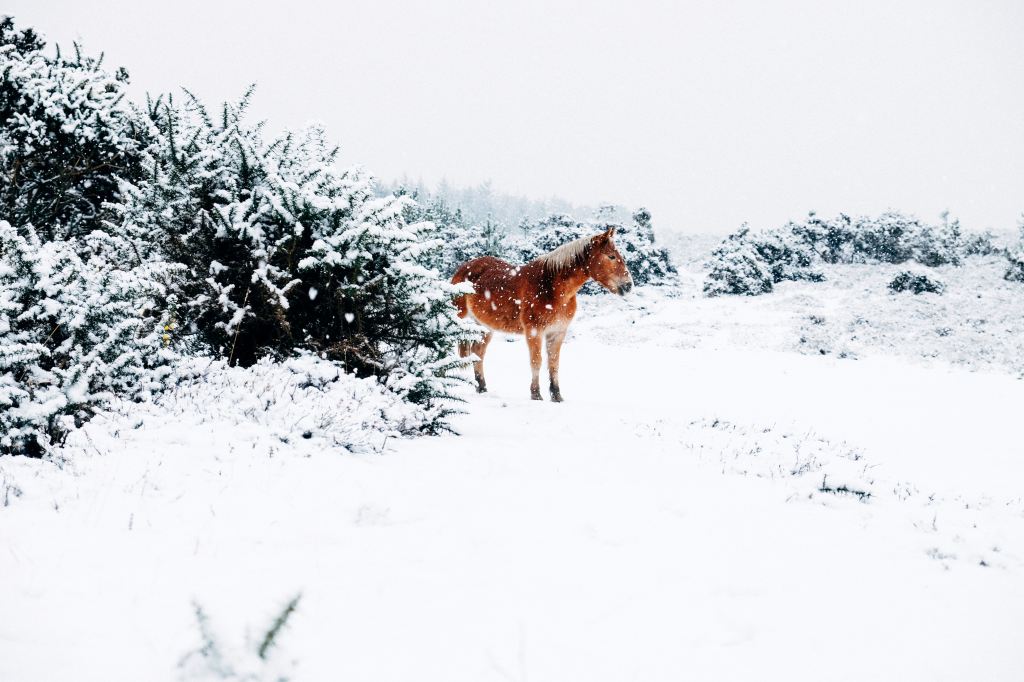As the cold weather sets in, horse enthusiasts face the unique challenges of keeping their equine companions fit and healthy during winter rides. Here are essential tips to ensure the well-being of your horse in adverse weather conditions.
Winter Riding Challenges
Winter in the Northeast often brings short days, significant snowfall, and icy footing, posing challenges for maintaining consistent exercise for horses. In such conditions, horses may be less inclined to move around in turnout, leading to stiff muscles and prolonged stall time.
1. Prioritize Thorough Warmups
To minimize the risk of musculoskeletal injuries during exercise, especially for older horses or those with prior injuries, a thorough warmup becomes crucial. This step is essential in colder weather when horses are less likely to move freely in turnout.
2. Manage Sweating and Blanketing
Thicker winter coats increase the likelihood of sweating after a workout. Ensure horses are cool and dry before blanketing or turning them out. Consider body clipping to prevent excessive sweating and use appropriate blankets based on the type of clip. A quarter sheet during warmup and cool-down can be beneficial for body-clipped horses.
3. Footing Considerations
Footing poses challenges for both turnout and riding during winter, with hard surfaces that can bruise barefoot horses. Snow may cushion footing but can hide icy patches. Synthetic arena footings may freeze and become slick. Carefully inspect riding surfaces and, when in doubt, opt for slower speeds to minimize the risk of injuries.
4. Address Shoeing Needs
Horses with shoes in snowy climates benefit from snow pads to prevent ice buildup. Farriers may apply small corks for traction. While it may be tempting to pull shoes during winter, even frozen paddock footing can cause foot bruises. Discuss winter shoeing strategies with your farrier in advance.
5. Regular Blanket Checks
If your horse wears a blanket, remove it regularly to check for changes in body condition and potential rubs. Older horses may need extra feed to cope with the added caloric demand for staying warm. Layering blankets for thin horses can aid weight gain in certain situations.
6. Monitor Water Intake
Regardless of what your horse wears, ensure access to clean, frost-free water, especially after exercise. Hydration is crucial for overall health, and post-exercise water availability is essential.
7. Setting Winter Training Schedules
Consider each horse’s fitness level, available riding facilities, and pre-existing health conditions when setting winter training schedules. While limited scientific studies exist on exercising horses in extreme cold, paying attention to individual needs and health conditions is crucial.
In conclusion, meticulous attention to warmups, footing, shoeing, and overall care will help your horse navigate the winter months injury-free.

This Article Is Sponsored By Helite US
Ride fearlessly when you ride in a Helite airbag vest!


Leave a comment